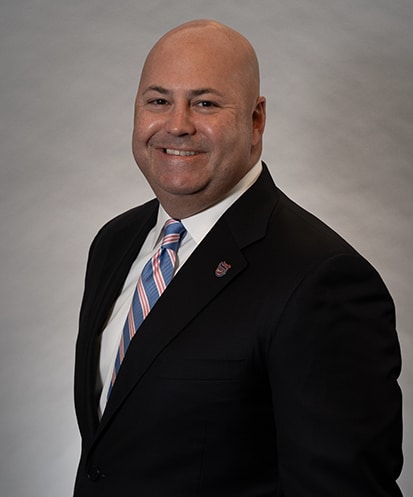The Dangers of Opioid Painkillers Likely Outweigh the Risks
 Opioids, or narcotic pain medication, is the strongest pain killer available. Doctors typically prescribe opioids for the most severe pain that cannot be helped by other pain relief medications. The problem with these powerful medications is that they are dangerous because of the risk of death by overdose, or addiction and other side-effects. Opioids work by binding to opioid receptors in the brain and spinal cord and reducing the pain messages sent to the brain thus reducing the sensation of pain. Some of the troublesome side effects of opioids include drowsiness, mental confusion, nausea, constipation and depress respiration according to Drugabuse.gov. Opioid drugs can evoke feelings of euphoria causing patients to try to intensify this experience and become addicted to it.
Opioids, or narcotic pain medication, is the strongest pain killer available. Doctors typically prescribe opioids for the most severe pain that cannot be helped by other pain relief medications. The problem with these powerful medications is that they are dangerous because of the risk of death by overdose, or addiction and other side-effects. Opioids work by binding to opioid receptors in the brain and spinal cord and reducing the pain messages sent to the brain thus reducing the sensation of pain. Some of the troublesome side effects of opioids include drowsiness, mental confusion, nausea, constipation and depress respiration according to Drugabuse.gov. Opioid drugs can evoke feelings of euphoria causing patients to try to intensify this experience and become addicted to it.
Examples of commonly-prescribed opioids include:
- Vicodin
- OxyContin
- Opana
- Methadone
According to the Centers for Disease Control and Prevention, 46 people die every day from an overdose of a prescription painkiller in the U.S. Healthcare providers wrote 259 prescriptions for painkillers in 2012. This was enough for every adult in America to have a bottle of pills.
Neurologists warn of the danger of over-prescribing opioids
The American Academy of Neurologists released a new position statement warning that the long-term use of opioids may not be beneficial for non-cancer patients. They recommend more restraint in prescribing opioids. They warn that doctors who prescribe opioids should be more diligent in tracking their patients’ dosage, screening patients for any history of drug abuse or depression and watch for signs of substance abuse.
This position statement also lays out research-based guidelines which highlight which patients might most and least benefit from using opioids on an ongoing basis. It also covers best practices for doctors in prescribing pain medications. They advocate the use of an “opioid treatment agreement” for doctors and patients which outlines the responsibilities of each party. Doctors should track their patients’ dosage and seek the assistance of a pain specialist if the patient’s pain is not under control.
According to statnews.com, 44 Americans overdose and die after taking opioid painkillers each day, and 2 million people a year abuse or misuse the medication. In an effort to address the mounting crisis, the CDC has prepared preliminary prescribing guidelines for physicians who prescribe opioids. The CDC is recommending that opioids be prescribed only as a last resort when other painkilling therapies have failed.
The CDC recommends the following with regard to opioid painkillers:
- Patients should avoid taking prescriptions painkillers more often than prescribed
- Healthcare providers can use drug monitoring programs to identify patients who might be misusing their prescription drugs
- State governments can increase the use of drug monitoring programs
- Federal government can increase access to mental health and substance abuse treatment through the Affordable Care Act
(For a complete listing of the CDC’s recommendations, visit their website.)
As the rate of prescriptions for opioids increases so does the number of people who are dying from overdosing on the drugs. The National Institute on Drug Abuse (NIDA) has developed, in partnership with the Office of the National Drug Control Policy (ONDCP), two continuing medical education courses on safe prescribing for pain and managing patients who abuse prescription opioids.
Also consider:
- Medical Malpractice
- Can a doctor be held liable for a patient’s Opioid abuse? A $17.6 million verdict says “yes”
- Can prescribing doctors be liable for medication addictions?
- Medical malpractice: suing your doctor for enabling your addiction to pain medication in West Virginia

Christopher T. Nace works in all practice areas of the firm, including medical malpractice, birth injury, drug and product liability, motor vehicle accidents, wrongful death, and other negligence and personal injury matters.
Read more about Christopher T. Nace.
